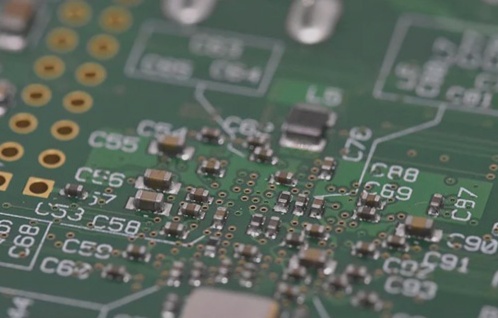Surface Mount Technology (SMT) in PCB Manufacturing
Today, the majority of electronic hardware is produced using Surface Mount Technology (SMT). SMT PCB boards offer faster production and various advantages.

Component Mounting Offset Causes
- PCB board reasons:
- Excessive warpage of the PCB
- Inconsistent height of support pins
- Poor flatness of the workbench support platform
- Low wiring accuracy and consistency
- Other causes:
- Insufficient suction air pressure
- Abnormal blowing pressure
- Misaligned coating of adhesive and solder paste
- Incorrect program data settings
- And more…
Surface Mount Technology Steps
- PCB production
- Deposition of solder on pads
- Machine-assisted component placement
- Baking of PCB to solidify flux
- Inspection of completed components
Differences Between SMT and Through-Hole Technology
SMT offers design flexibility, space efficiency, lead-free components, and cost-effectiveness. However, it may not be suitable for components under high mechanical stress or heat. Through-hole technology is preferred in such cases.



